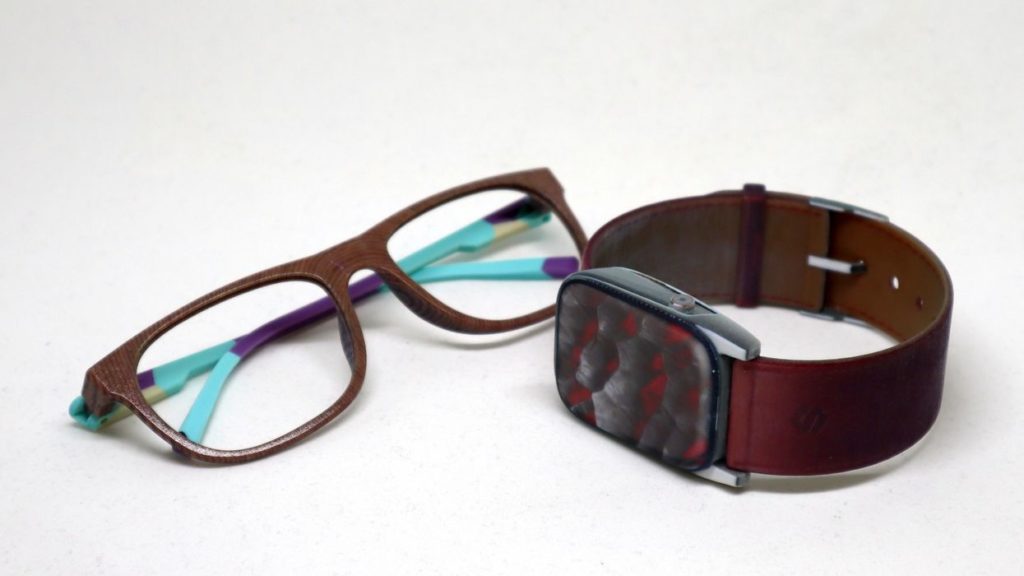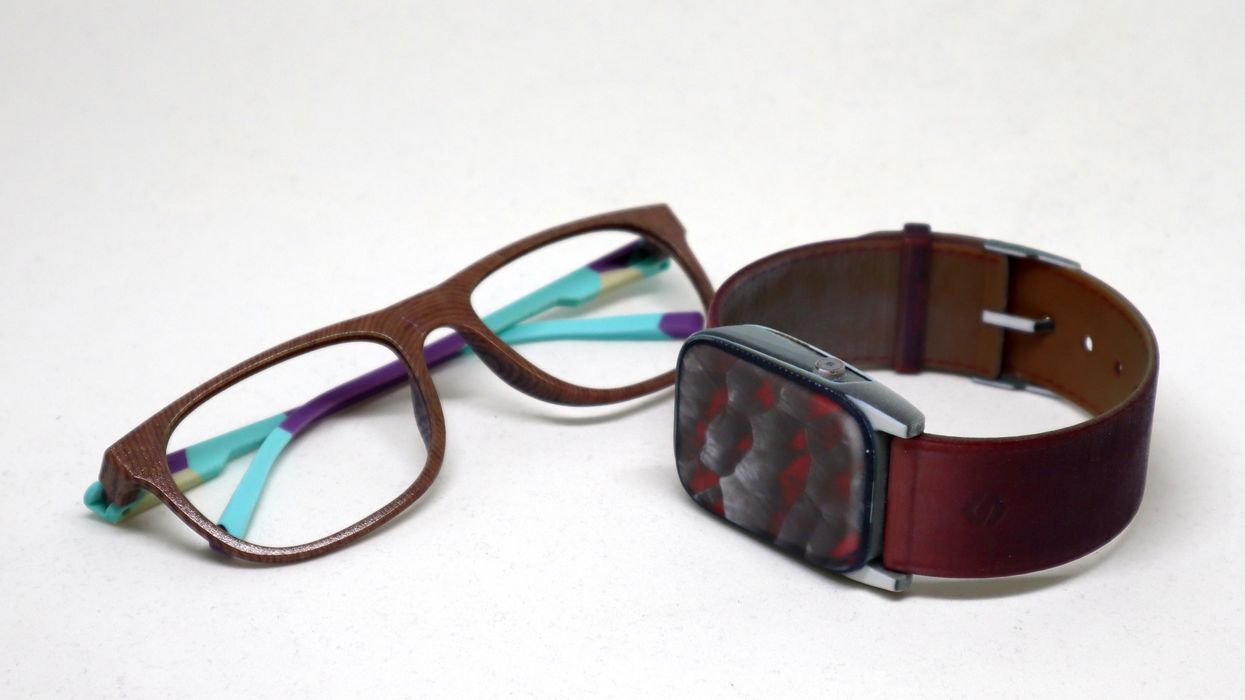
Stratasys announced an unusual collaboration with Adobe to dramatically simplify use of color in 3D printing.
The company is one of the very few that offers full-color / texture 3D printing options in the industry, with their complex PolyJet systems.
Color has long been an issue in the world of 3D printing because of historical reasons. 3D printing was first developed as a technology for the production of mechanical prototypes. These parts were being used simply to evaluate their geometry, and not even their mechanical properties due to the lack of engineering materials at the time. Color was not an option and was not even discussed, aside from color paint applied during post-processing activities.
Because of this the entire 3D print industry has evolved in a “non-color” mode, where most tools used in the industry ignore or treat color as a kind of “add-on” feature that doesn’t comfortably fit into proper workflows.
Producing color 3D prints is possible, however, using today’s hardware and usually dedicated software. Designers can “paint” a 3D model using specialized 3D tools usually designed by the 3D printer manufacturer, or use awkward conversion utilities to bridge between 3D printing and normal 3D color development tools.
The result of this confusion of software is that there is still significant friction for traditional digital artists to make use of today’s advanced color 3D printing technology. They can’t “just use it”; they have to fiddle with other tools, and that certainly causes a huge percentage to not bother even trying.
That barrier to use of full color 3D print technology could begin to come down, however, with a significant announcement from Stratasys and Adobe.
The partnership offers a new workflow for use with Adobe’s popular Substance 3D Painter. That software is used by digital artists to “texture” 3D models in advanced ways. It’s a “painter” to be clear, but one that is highly optimized and integrated with Adobe’s other 3D modeling tools. It can not only apply colors to a surface, but also apply tactile effects.
Stratasys explains how it works:
“Previously, Substance users would need to rely on additional external software applications or processes to prepare their designs for 3D printing – without these outside tools, designs would print without color or the texture created in the design software. Now, Substance users can seamlessly create, render and print their full-color models with physical textures directly from Adobe Substance to their Stratasys PolyJet printer.”
And:
”With the ability to include full color, material and finish (CMF) models into their design process, artists, designers and engineers can test various iterations of a product without added cost or time. By incorporating 3D-printed models into the product design process, artists, designers, and their customers are able to see, touch and interact with a product prototype in a way that isn’t possible in a purely digital world. This helps to ensure that the end product matches the original design intent.”
Color 3D Print Future
There are reasons why there has been significantly less full color 3D printing than other styles of printing, including lack of equipment and use case challenges. But certainly a major factor has been accessibility through workflows.
This development by Adobe and Stratasys could change that equation in a significant way. I always say, “if you want something to happen, make it easy”. That’s precisely what Stratasys is up to in this case, and they’re likely to succeed.
If they do, we could see a significant boost in the amount of full color 3D printing by digital artists, who could begin exploring the simplified path to color prints.
Via Stratasys

